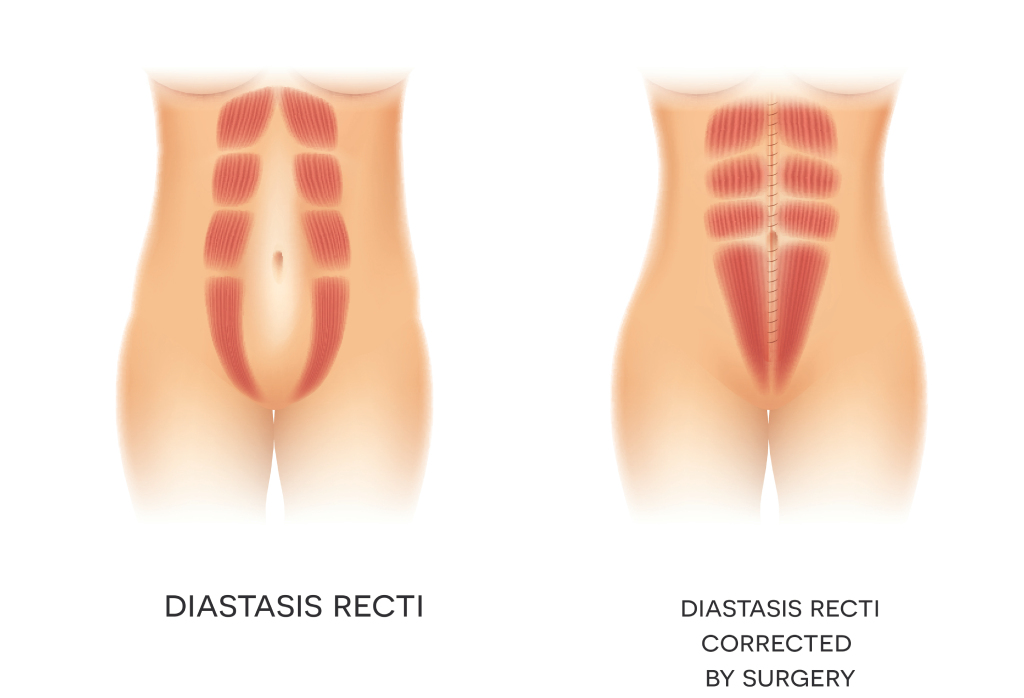Exercises to Strengthen Your Core After Tummy Tuck Surgery
Tummy tuck surgery, also known as abdominoplasty, can be a life-changing event for people who want a tighter, more toned abdomen. The core muscles, notably the rectus abdominis muscles, have a direct impact during a tummy tuck surgery. The operation involves removing extra skin and fat from the abdominal area as well as strengthening the abdominal muscles. During a diastasis recti repair surgery, board-certified plastic surgeon Dr. Azouz binds the divided muscles, which may have become strained or weakened as a result of circumstances such as pregnancy or significant weight loss. This tightening not only helps to create a more aesthetically pleasing contour but also resolves functional problems. Patients can experience temporary tightness and discomfort as a result of this muscle repair, which is a normal part of the healing process. Dallas plastic surgeon Dr. Solomon Azouz highlights the value of a logical, well-informed approach to core strengthening following surgery.

Recovering after a tummy tuck
Your body needs time to recover after a tummy tuck. During your follow-up appointments, Dr. Azouz will give personalized recommendations for the best healing after an abdominoplasty. During the first several weeks, you should rest and avoid rigorous activities, such as intense core workouts. You may start with low-impact exercises, such as short walks, to promote blood flow without overstretching the abdominal muscles.
Start with Gentle Core Exercises
Once board-certified plastic surgeon Dr. Azouz clears you to resume activities, begin with mild workouts to activate your core. Exercises like pelvic tilts are great options since they work the deep abdominal muscles without overstressing the surgery site. It’s important to control movements as you rebuild core strength after a drainless tummy tuck surgery.
Incorporate Low-Impact Cardiovascular Exercise
Low-impact cardiovascular activities improve overall fitness without compromising recovery. Exercises that minimize abdominal strain include swimming, stationary cycling, and brisk walking. These activities also improve cardiovascular health. Before introducing any new exercises into your exercise routine, it is important to review any activity restrictions with Dr. Azouz during your follow-up appointments.
Gradually Progress to Core-Specific Exercises
As you recover, you can progressively incorporate more specific core exercises. It’s important to maintain appropriate form and prevent straining the abdominal muscles when performing exercises like planks, modified crunches, and leg lifts. Listen to your body and stop any workout that causes discomfort.
Core strength is directly related to proper posture. Whether sitting, standing, or walking during the day, be mindful of your posture. In addition to helping with healing, using your core muscles to support your spine builds long-term core strength.
Hydration and Nutrition after a Tummy Tuck Surgery
A balanced diet and adequate hydration are essential for muscular health and recovery. Drink enough water to help in tissue repair, and eat a variety of fruits, vegetables, complete grains, and lean meats to supply vital nutrients for muscle growth.
Strengthening your core after a tummy tuck needs patience, a gradual approach, and close coordination with your physician. Dr. Azouz in Dallas emphasizes the significance of addressing your health and well-being during the recovery process. Schedule regular follow-up appointments with Dr. Azouz to check that you are progressing as expected. Discuss your exercise routine and ask for advice on any modifications or adjustments that may be required based on your specific recovery process. By following these steps and implementing core exercises at appropriate times, you may develop a strong and toned core as you heal from a tummy tuck surgery.
Posted on behalf of
